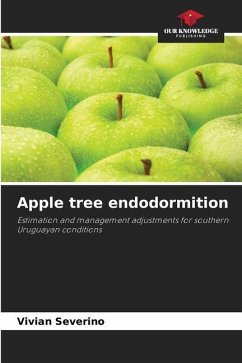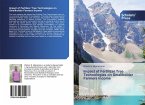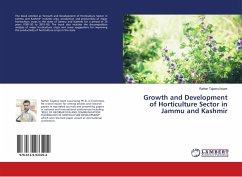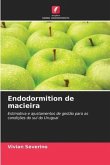Apple production represents the largest production of deciduous fruit trees, accounting for 49% of the production area and 60% of total production in tonnes (DIEA, 2007). In the last decade, growth has been strongly associated with fruit exports, which have increased from 52 tonnes worth US$28,000 in 1998 to 10,921 tonnes worth US$4,900,000 in 2007 (Tambler, 2007). These exports are mainly destined for Europe, and although the quality demanded by this market is met, Uruguay's climatic conditions present some limitations. These limitations range from difficulties in stabilising high yields to problems related to the quality of the fruit produced. Spring frosts, environmental conditions that are not conducive to pollination, excessive solar radiation in summer, thermal limitations that determine unattractive shapes or colour deficiencies in some apple varieties, together with the irregular availability of winter cold, are some examples and have in common the difficulty of modifyingthem in fruit production systems.
Bitte wählen Sie Ihr Anliegen aus.
Rechnungen
Retourenschein anfordern
Bestellstatus
Storno








